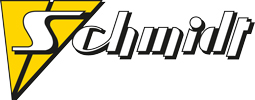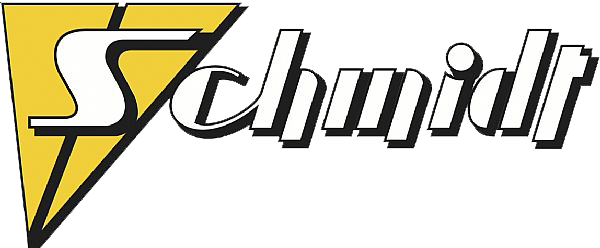wheel offset – What is this?
A wheel’s offset is no value which shows how well your wheel will look when it is mounted to your car. Rather you can distinguish if a wheel fits under a chosen mud wing, if and how much it should be broadened or if the lane stabilizing kingpin offset can be preserved when choosing this wheel.
A lane stabilizing kingpin offset means the distance between right and left middle wheel support point (middle of wheel contact patch) of the front axle on the ground. A positive offset reduces the size of this kingpin offset, a negative offset or when using spacers increases it. The smaller the kingpin offset, the art of driving is more comfortable and the car easier to handle in critial situations. The look is a matter of taste – some just like it wide.
For estimating what is possible, what is not or what makes sense at all, it is absolutely neccessary to know how offsets are generated.
offset in the sector of car tuning
Offset is a downright interesting value for tuning fans. It does not only facilitate the right choice of wheels or body components but shows also if it is possible to get a balance für technical neccessary changes of the car’s chassis (which can arise from use of particular brake systems) by using especially selected wheels.
flange and rim width
Each wheel has a surface with which it lies against the wheel connection surface: brake drum or brake disc (of course only if it is screwed as intended). This surface is called flange. The second important thing is the rim width. This is the area between the two rim flanges. Rim width is always expressed as inch and means the size (width) of the wheel.
A wheel’s offset defines the distance of flange from the middle point of rim width in millimetres. If offset is Zero, the flange is arranged in the middle of the wheel. The hub mounting surface is in line with the centerline of the wheel. For example, a 9 inch wheel with an offset Zero has 11,43 cm to the inner side and 11.43 cm to the outer street side. A positive offset (e.g. offset+25) says the rim is nearer to the inner side than to the street side.
Based on zero the lane thins away to 25mm. A negative offset (e.g. offset -25)shows that the wheel is more to the street side which causes a lane widening of 25mm. If you have two pairs of wheels with the same width, one has a + offset and one has a – offset , there would be the possibility of mounting the wheels with negative offset which makes the lane 5 cm per side wider than with the other set of wheels. Alltogether the full lane would be 10 cm wider than with the ‚positive‘ wheels.
running surface cap of the rim
The wheel’s running surface, which is an essential criterion – not really for European standards – but for German engineer standards for the German TÜV-technical approval, does not change its position through the differente rim widths but only through its offset. If your car does not have enough wheel’s running surface cap, a more narrow wheel does not help, you need one with a higher offset.
At the moment hundreds of wheel types exist. An accurate adaption concerning width and depths is only possible with 3-part wheels. Additionally these multipart rims have the advantage that only the outer ring has to be changed after wheel curbing (this is much cheaper than buying a new one or giving it to sanding and varnishing).



